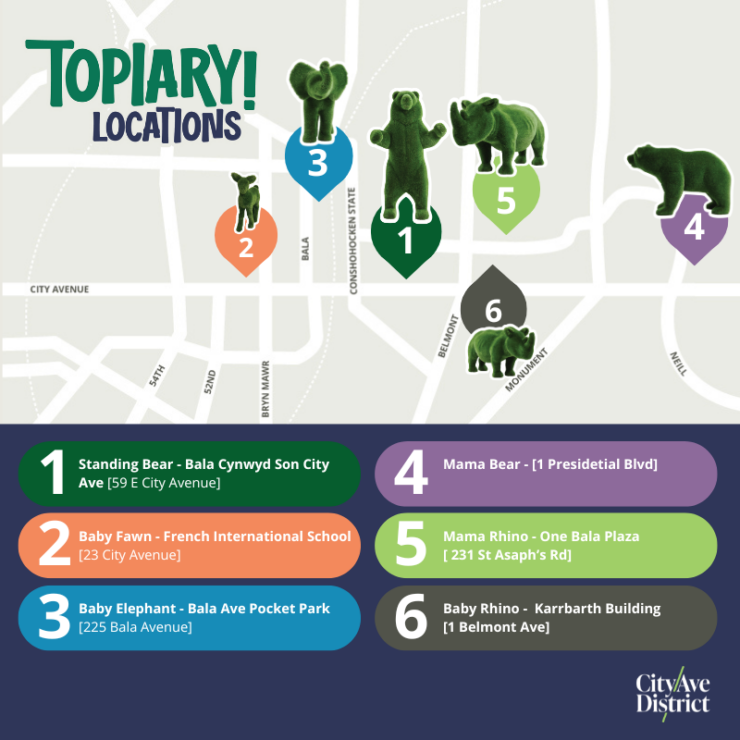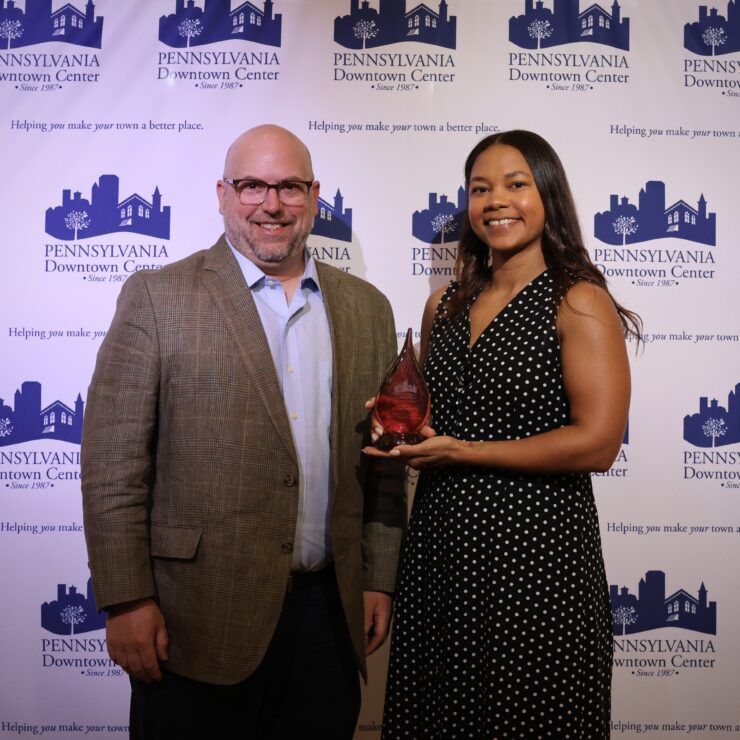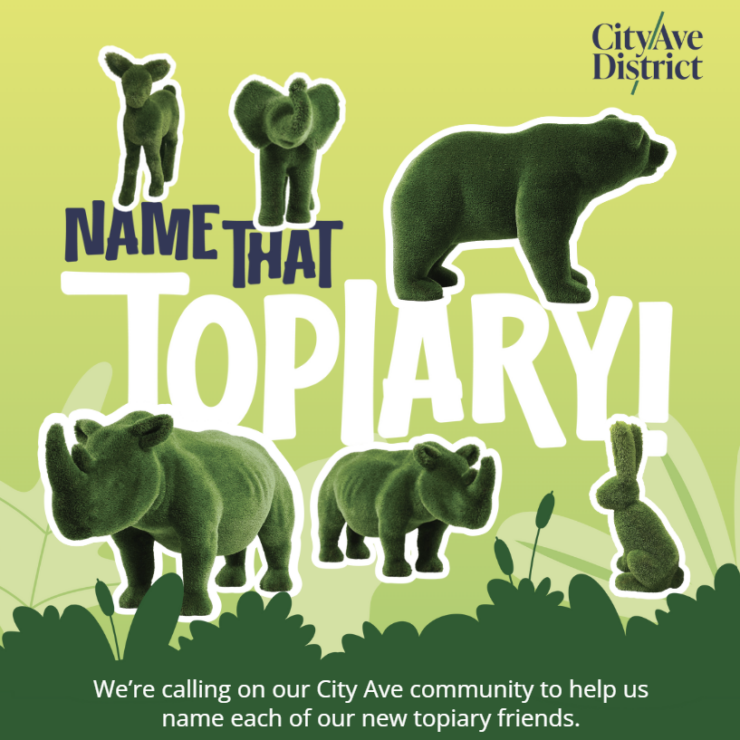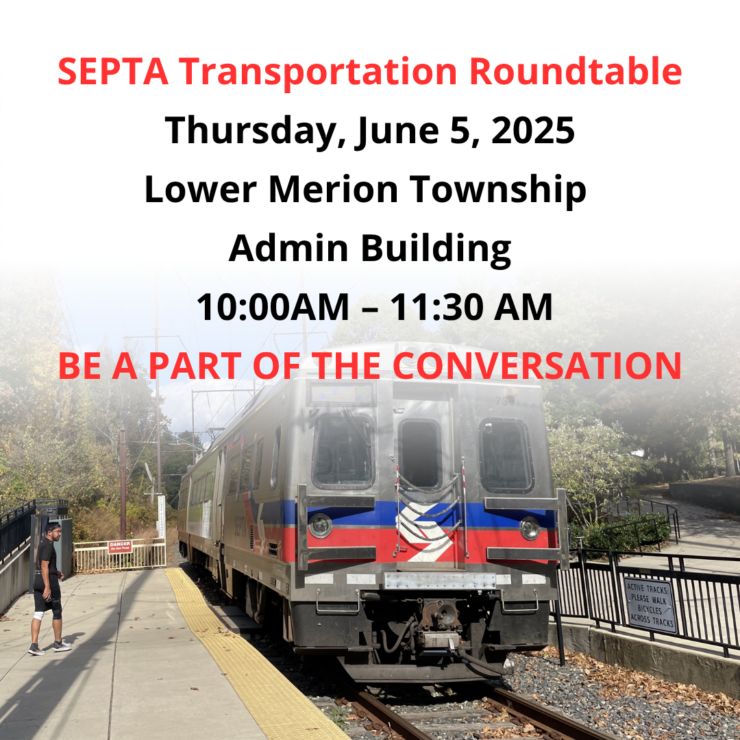When most people think of homelessness, the image that often comes to mind is someone sleeping on a city sidewalk or under a bridge. But the reality of homelessness in America is far more complex—and far more hidden. Millions of individuals and families live without stable housing, yet remain largely invisible to the public eye.
These “hidden faces” of homelessness include working families living out of their cars, college students couch-surfing between semesters, and seniors quietly sleeping in shelters or transitional housing. Their stories often go untold, masked by the assumption that homelessness only affects the visibly destitute. In truth, the face of homelessness looks like a growing number of Americans—people of all ages, races, and backgrounds who simply cannot afford a place to live.
Who Are the Hidden Homeless?
1. Families with Children
Family homelessness is one of the fastest-growing segments of the homeless population. Many parents work full-time jobs, yet struggle to afford rent due to low wages and rising housing costs. These families may live in motels, vehicles, or stay temporarily with friends—situations that don’t always meet the federal definition of homelessness, but still leave children without a permanent place to call home.
2. Youth and Young Adults
Homeless youth often go unnoticed, particularly those who avoid shelters and sleep at friends’ homes or in abandoned buildings. Some are runaways, others are LGBTQ+ teens rejected by their families. Many juggle jobs or schooling while facing housing instability, making their needs especially urgent and complex.
3. Veterans
Despite government programs aimed at supporting them, many veterans face homelessness due to mental health issues, physical disabilities, and limited access to healthcare or employment. While some find refuge in transitional housing, others avoid shelters due to trauma or distrust of institutional systems.
4. Seniors
A growing number of older adults are becoming homeless for the first time due to eviction, job loss, or health problems. Seniors often have limited income and face unique vulnerabilities, including chronic illness, disability, and increased risk of abuse or neglect.
Why Homelessness Remains Hidden
Stigma and shame play a huge role. Many people experiencing homelessness go to great lengths to hide their situation, fearing judgment, job loss, or child protective services. Additionally, bureaucratic definitions of homelessness—often focused on those in shelters or unsheltered locations—fail to account for the thousands of people in temporary or unstable housing situations.
Moreover, rural homelessness is frequently overlooked. People in smaller towns and communities may not be as visible but still struggle with housing insecurity, lacking both shelters and supportive resources nearby.
A Growing Need for Solutions
To truly address homelessness in America, we must acknowledge and respond to its many forms. It’s not enough to provide emergency shelter—we need long-term solutions that include supportive services, healthcare access, job training, and affordable housing. That’s where Social Housing Development becomes vital.
By investing in inclusive, affordable housing options built specifically for long-term residential stability, cities and states can offer a pathway out of homelessness. Social housing projects prioritize people over profits, offering dignity and safety to individuals who would otherwise fall through the cracks.
How You Can Help
- Educate yourself and others about the realities of homelessness.
- Support local nonprofits and shelters offering direct services.
- Advocate for policy changes that promote affordable housing, fair wages, and mental health care.
- Volunteer your time or donate essential items to community organizations.
- Listen without judgment when someone shares their story.
The hidden faces of homelessness in America reveal a crisis that extends beyond cardboard signs and park benches. It’s found in school hallways, grocery stores, and office buildings. These are our neighbors, coworkers, classmates, and community members—people deserving of the same stability and opportunity we all seek.



